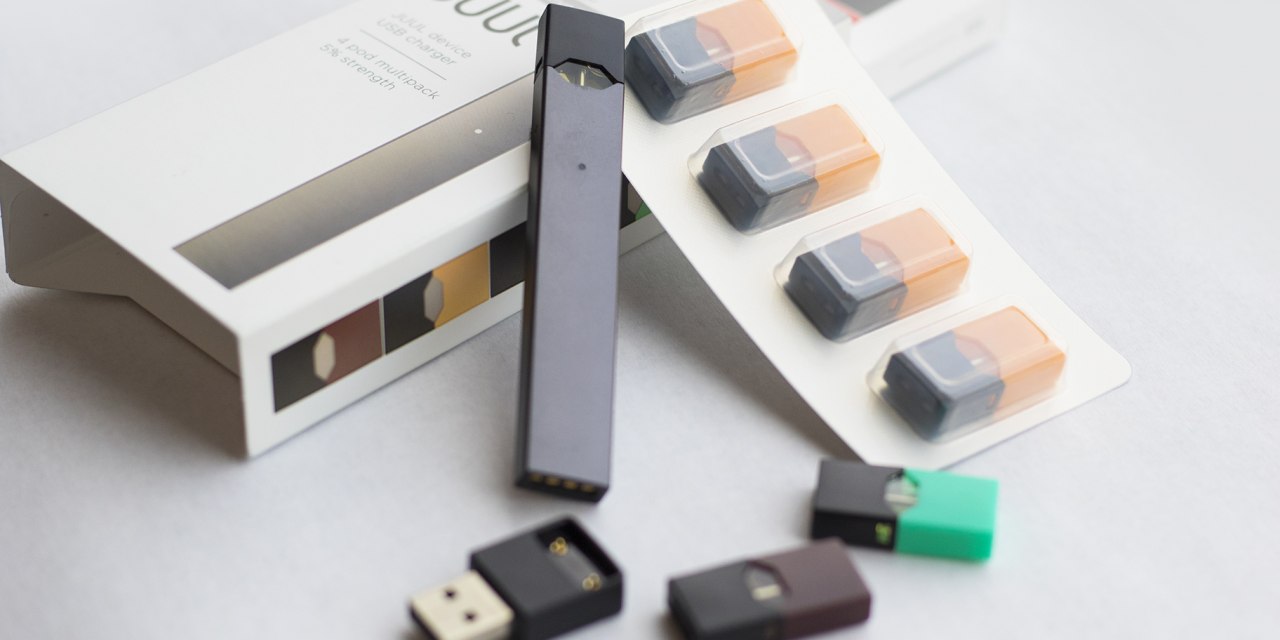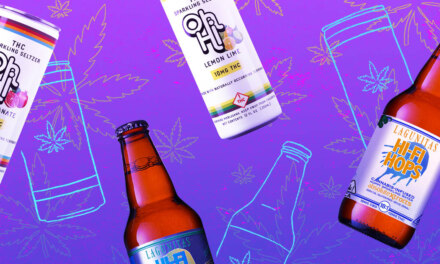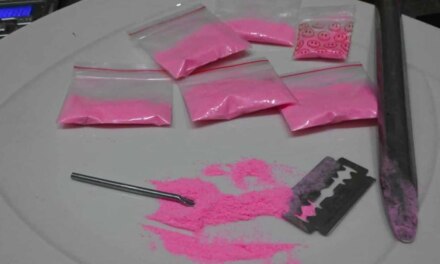I imagine everyone’s heard by now of the FDA’s decision to ban sales of the Juul vaporizer, or if you prefer, ‘e-cigarette’. Most public health professionals would agree that’s a good thing, on the grounds that Juul was designed with the intention of attracting young users with little or no previous involvement in tobacco use.
That’s the main difference between Juul and ordinary vape devices designed to help smokers transition off cigarettes and onto something less, well, potentially fatal. That being the original idea behind vaping — as a form of harm reduction. Severely addicted nicotine users could gratify their craving yet bypass some of the carcinogens found in regular tobacco smoke. And some did just that, while others, tried and failed.
Then came Juul. It dramatically altered the client base for electronic cigarettes. For one thing, it resembles an ordinary USB drive, the kind people carry with them to school or work on a daily basis. Unobtrusive, easy to conceal. Not the kind of thing that would draw notice from teachers or bosses, unlike what would happen if you fired up a Kool in the hallway. Young people appreciated that.
Also, Juul pioneered kid-friendly flavoring. Such as Crème Brulee, which I’m told really does taste, at least a little bit, like the dessert.
Given these advantages, Juul was an instant smash. At one point, it accounted for almost half of the market. Even then, its makers understood that danger threatened. Complaints were already mounting from parents, teachers, healthcare experts. Politicians were beginning to get interested.
By then, the makers of Juul has sold out to Altria, a conglomerate that also owned the Philip Morris corporation. A list of some of their current tobacco products, including Marlboro, now the biggest-selling US brand:
- Marlboro
- Parliament
- Chesterfield
- L&M
- Merit
- Lark
- Benson & Hedges/ US & Canada
Some of those must be familiar, even to nonsmokers. Altria also makes and markets SkoalTM smokeless tobacco, another big seller.
With Juul, the company must have envisioned a pathway to diversify their revenue while ordinary tobacco products continued their long, long decline. Juul brought along a whole new fan base of young e-cigarette users, already dependent on nicotine, primed for a lifetime of continued use.
But clouds gathered on the horizon. The FDA has finally stepped in, with a full ban on Juul sales. An overview of that:
Why Did The FDA Ban Juul Products?
As predicted, the firm’s legal team was waiting to appeal. The company can continue marketing and selling Juul products until the appeal is resolved.
As for the public, there are worrisome signs that things may have progressed beyond the point where a simple ban on a single product is enough.
…young vapers are already switching to newer products
The newer models are usually of the disposable variety, along the lines of those cheap lighters sold in convenience stores and mini-marts, the ones that replaced the old-style Zippo.
It’s as if we’re just playing whack-a-mole with drug delivery systems.
There’s a lot at stake for the corporation. From The Wall Street Journal:
Juul Ban Will Send Altria’s Strategy, and $13 Billion, Up in Smoke












